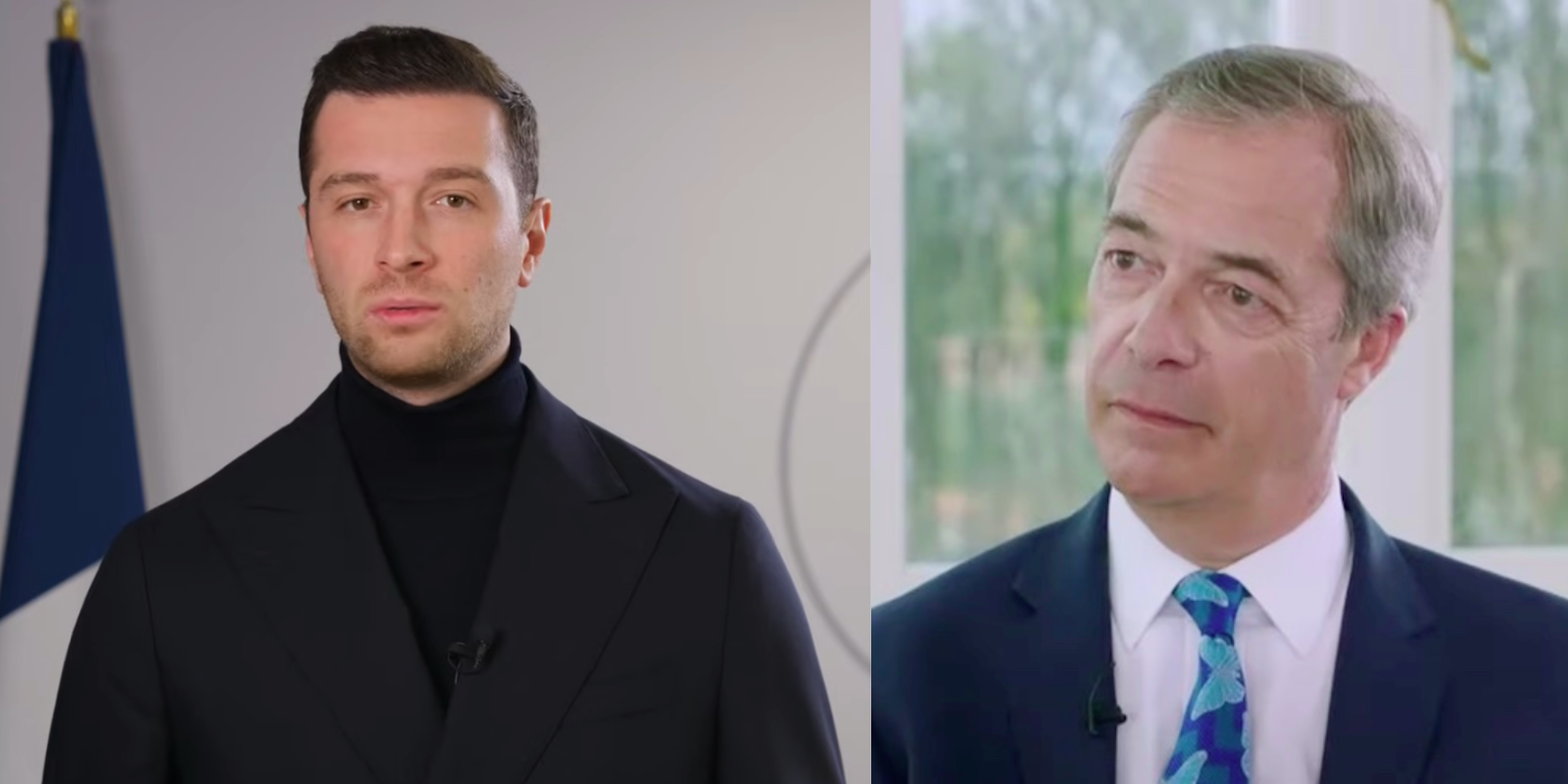This article originally appeared on watchdog.org.
MINNEAPOLIS ??? The Transportation Security Administration???s exists to keep terrorists and other potential threats away from American airliners, in the name of preventing another 9/11.
The TSA uses a series of ???watch lists??? and works with airlines to track passengers who may threaten security. Passengers determined as possible threats are given more advanced and thorough screenings at the airport before they can board a plane; known threats may be added to the ???no-fly list.???
If someone on the ???no-fly list??? tries to board a plane at a commercial airport, the boys in blue will stop him and send him home ??? or call the cops.
Unless, of course, they don???t.
A new GAO audit reveals the TSA doesn???t know how often someone on the ???no fly list??? was allowed to fly after slipping through security undetected. But on 16 occasions between 2010 and 2013, the advisory board that oversees the TSA???s security system held meetings to discuss ???system matching errors,??? in which lists of passengers were incorrectly screened against the ???no-fly list??? or other lists maintained by the TSA???s Secure Flight program.
But when the GAO asked the TSA for more specific information about those matching errors and what the TSA was doing to correct them, the answer wasn???t forthcoming.
First, it took the TSA six months to produce a list. Then, the GAO determined the list was incomplete.
The TSA and the Department of Homeland Security told auditors they are working to implement better oversight.
The problem here is relatively simple to explain and difficult to fix. The government has access to virtually unlimited information about American airline passengers, along with more than a dozen lists of potentially dangerous individuals provided by government agencies such as the Department of Homeland Security, the Center for Disease Control and federal law enforcement.
Matching all that information can be difficult. Even when you???re right most of the time, the mistakes can be costly.
But not knowing who is slipping through the screening process is only the latest in a disturbing trend of problems the TSA has had with its screening process.
In a May 2009 report on the Secure Flight program, the GAO found passengers who should be targeted for extra scrutiny from the TSA could easily avoid the enhanced screening process by simply giving a fake name when they bought tickets.
A follow-up report in 2012 found ???several incidents??? in which passengers used fraudulent documentation to board a flight.
In an attempt at cleanup, the TSA spent $2.6 million on 1,400 new boarding pass scanners ??? one for every access point at America???s commercial airports. All were deployed by March.





